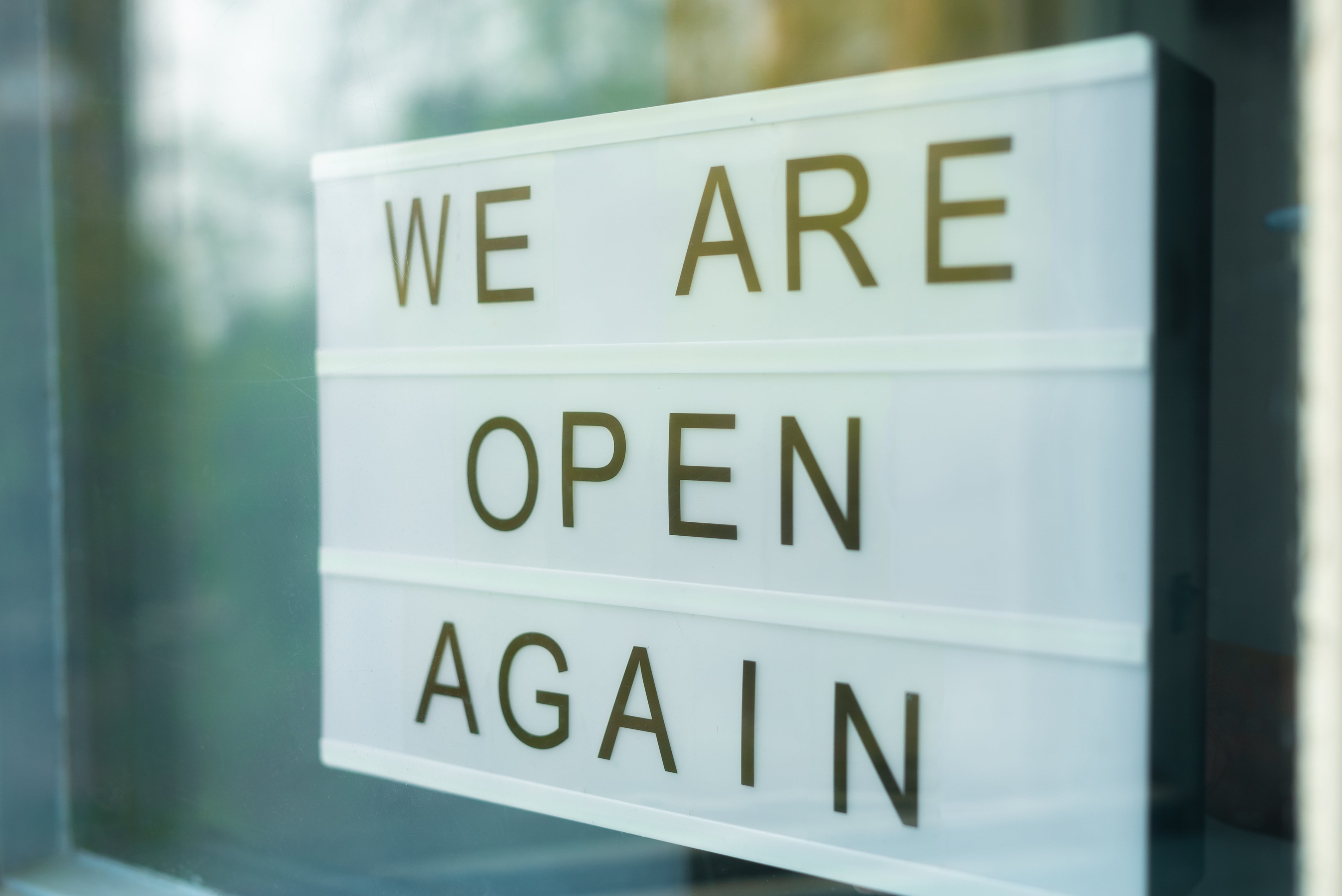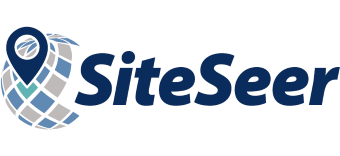 In early 2020, the COVID-19 pandemic turned the world upside down. The normal routine of socializing, going to work, shopping and dining became social distancing, telecommuting and stay at home orders.
In early 2020, the COVID-19 pandemic turned the world upside down. The normal routine of socializing, going to work, shopping and dining became social distancing, telecommuting and stay at home orders.
Many bricks-and-mortar retail and service businesses faced store closures for weeks or months at a time or had to completely change their business models to incorporate online ordering, delivery and curbside pickup. Others had an unexpected boon in sales but dealt with the operational challenges of keeping their customers both safe and satisfied.
Whether COVID-19 was helpful or hurtful to a business, every company is now facing the same problem: how do we plan for the future?
Even in the best of times, forecasting future events is never easy. For growing retailers and chain businesses, predicting the performance of a new site or existing store usually means using current and historical store performance with market factors to “model” the future. But what happens when an unprecedented event changes market factors and you're unsure if the future will look anything like the past or present?
In this blog we’ll attempt to address the question of sales forecasting and planning during and post-COVID. A couple things to note:
- These insights will be more applicable to chain businesses with a stable sales history.
- For companies with minimal history and companies that were struggling before COVID-19, planning for the future may be more about managing cash flow and short-term survival than making long-range strategic moves.
If you’re wanting to update your current sales forecasting models or need to build a new process, here are options for dealing with unusual sales and market conditions:
Option #1: Turn back the clock.
In mid-March 2020, life and business as we know it changed. Schools, stores, restaurants and businesses of every kind shut down and closed their doors literally and figuratively due to the uncertainties around COVID-19 and its spread.
If your sales prior to March 2020 were relatively predictable, one option is to build your models based on prior performance, essentially ignoring sales during COVID-19. This approach makes sense for businesses where COVID-19 was more of an interruption than a disruption. If your business is unlikely to see a drastic shift in customer behavior post-COVID, then using pre-COVID sales to estimate future performance may be your best option.
However, if COVID-19 encouraged or forced your customers to shop elsewhere or shop differently – perhaps online instead of in-person – then other options for forecasting sales may be more appropriate. The challenge with this option is that there is no telling if or when sales post-COVID will return to pre-COVID levels. If you base your forecasts on pre-COVID sales and those sales don’t return, then you are likely to overestimate future sales.
Option #2: Blended approach.
A second option is to include COVID-19 sales performance in your analysis. This approach assumes that the current or recent environment will continue into the foreseeable future.
This approach blends pre-COVID performance data with sales during the pandemic. Here, you’re playing it safe and assuming that post-COVID will look like something between pre-COVID and COVID. If your business has seen an uptick in sales during COVID, you might rightfully assume that post-COVID sales will maintain some of those gains.
The reality might be that your stores return all of those gains, or return to pre-COVID levels. If a vaccine is approved and restrictions get lifted, will consumers go back to dining and shopping as they did before? Events like 9/11 and the Great Recession suggest that people will go back to their old habits eventually.
How much COVID sales factor into your sales forecasts will depend on your outlook on consumer behavior and the economy. If you believe that shoppers will be slow to return to their pre-COVID ways and this return will be hampered by a significant downturn in the economy, then the smart play may be to be very conservative with your forecasts.
Option #3: Forecast a “new normal.”
This third option assumes that COVID-19 will continue to impact your business going forward. You would take what you have learned from the events that have taken place since March 2020 and extrapolate those sales going forward.
Whether you choose this approach will depend on whether the current and recent operating environment for your business is applicable to the future. If your stores were affected by stay-at-home mandates, had frequent closures or reduced hours, then it is unlikely that the future will resemble these events. However, if your industry returned to normal operating conditions – albeit with masks and social distancing – then sales during this “new normal” period might be the best predictor of sales going forward.
The downside? This approach might introduce excessive risk into your planning process. If you are forecasting for a grocery chain that has seen a 20% increase in sales during COVID-19 and assume the increase is permanent, your forecasts will be over-inflated if restaurants and school lunch programs return to anywhere near the old normal. If your sales have been decimated by COVID-19 and you assume that this is the new normal, you may be overly aggressive with store closures or miss opportunities from being too conservative.
It isn't straightforward.
Forecasting for the post-COVID-19 future isn’t straightforward. If you had a reliable fortune teller on your staff, you could take a peek at the state of things 18 months from now and make the right decisions about site selection, site closures, pivoting your business and more.
Short of that, our recommendation remains the same in good times and in bad – mitigate your risk as best you can by using multiple forecasting approaches.
An ensemble model that takes into account changing information can help manage some of this volatility. Using hands-on approaches like analog models allow you to use your judgment based on your company’s goals and appetite for risk.
Forecasts are invaluable and an essential part of making business and site decisions, but your insight and experience are critical for the inputs. Your goal, of course, is to gain confidence to be able to make intelligent decisions that help your business, despite the many unknowns.


